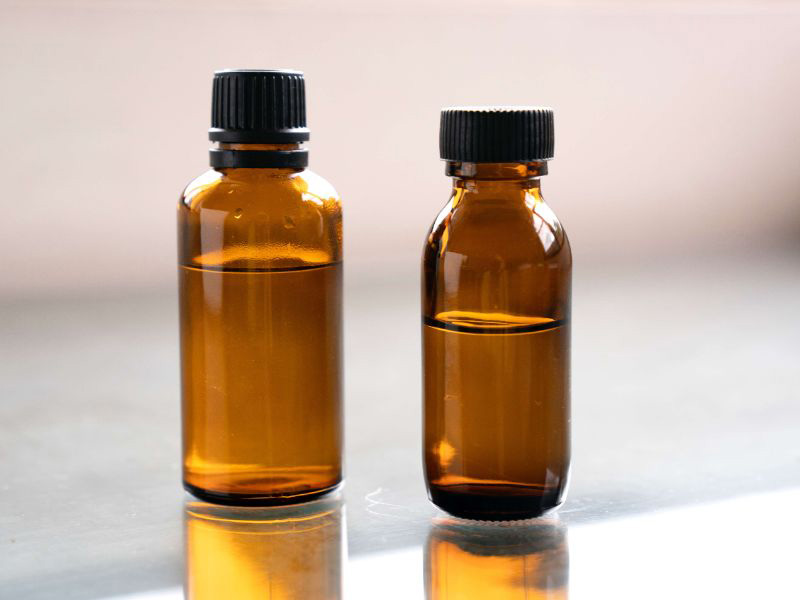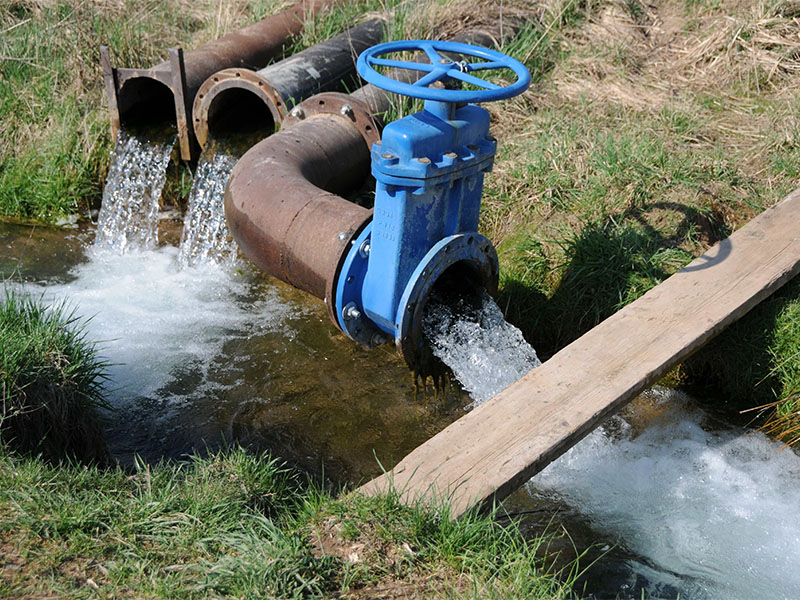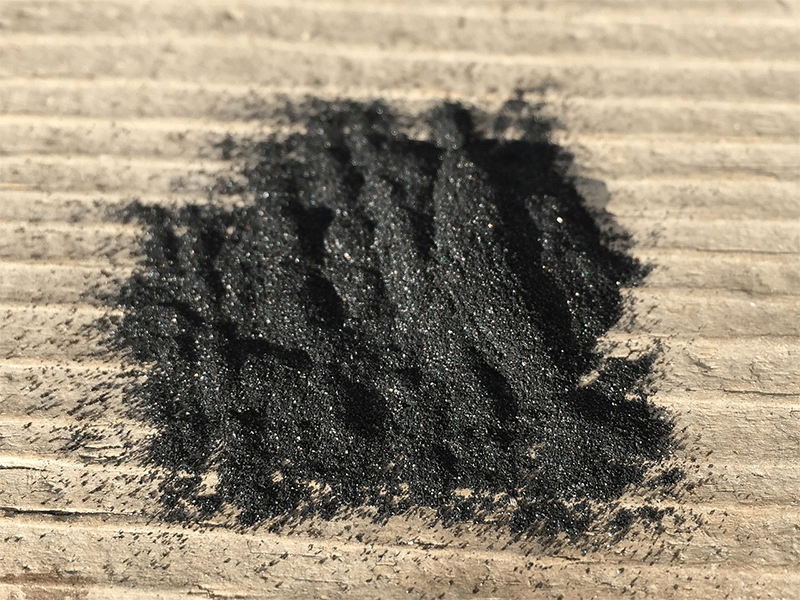Ethylene Carbonate Removal From Wastewater
What is ethylene carbonate? It is a toxic organic, classed as the cyclic carbonate ester of ethylene glycol and carbonic acid. This chemical causes serious eye irritation and can be harmful when ingested. Like most solvents, it should be removed from wastewater prior to discharge.
Formerly, two methods have been used to treat water contaminated with ethylene carbonate. These are GAC (granular activated carbon) and RO (reverse osmosis.) Both methods have their drawbacks.
However, as detailed below, Arvia Technologies now has a more environmentally responsible and cost-effective solution to ethylene carbonate in water.





